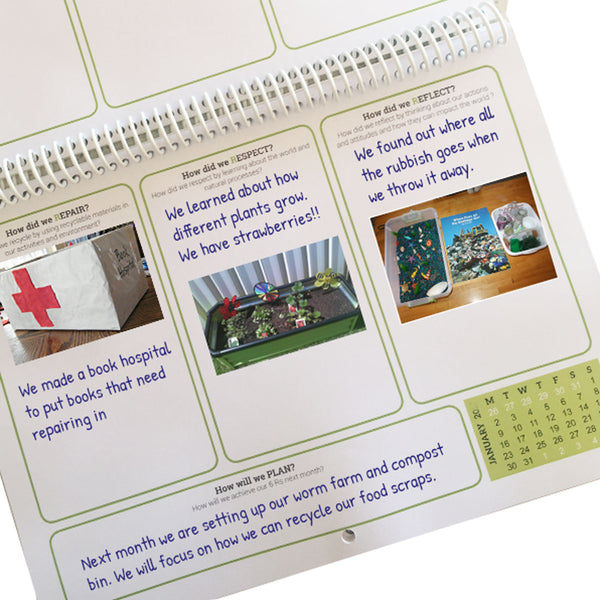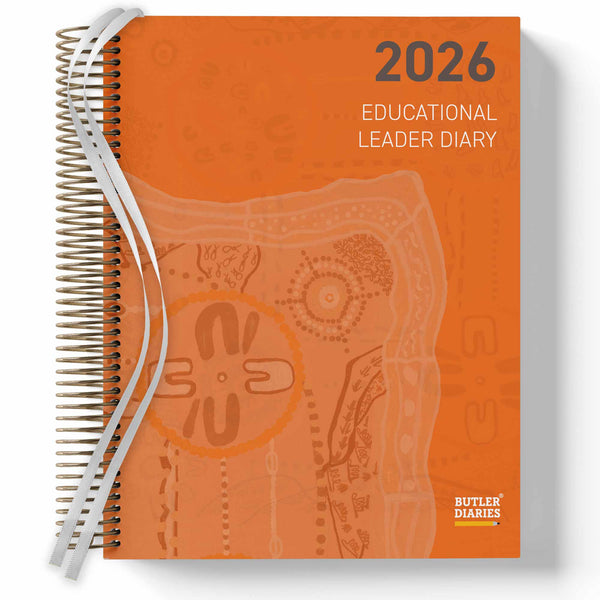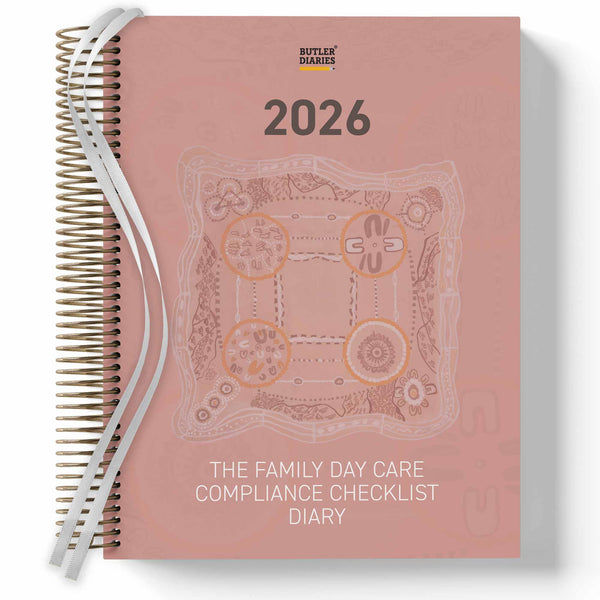Here is a quick reference guide to help you link the EYLF and MTOP principles with Theorists in Early Childhood Development. Perfect for your programming, reflections, and learning stories!
___________
Secure, Respectful, and Reciprocal Relationships
John Bowlby's Attachment Theory
Attachment theory underscores the importance of secure and stable relationships in early childhood. Bowlby emphasised that a child’s emotional health is rooted in the quality of early attachments, which is mirrored in the EYLF and MTOP's focus on fostering respectful and caring relationships.
- Connection to EYLF and MTOP: Secure attachments form the basis for children to explore and learn confidently. Trust, emotional security, and consistent care align with EYLF and MTOP’s emphasis on nurturing relationships.
- Practical Application: Educators provide a consistent and loving environment, recognising individual cues, and responding sensitively, thereby fostering a strong attachment.
Erik Erikson's Psychosocial Development Theory
Erikson's theory highlights the necessity of trust and autonomy in developing a strong sense of self. Secure relationships with caregivers lay the foundation for children to explore and grow, resonating with the EYLF and MTOP's principle of respect and reciprocity.
- Connection to EYLF and MTOP: Erikson's stages of development are deeply ingrained in the understanding that respectful relationships lead to positive psychosocial outcomes.
- Practical Application: By offering choices, encouraging independence, and acknowledging feelings, educators support children's autonomy and initiative.
___________
Partnerships
Urie Bronfenbrenner's Ecological Systems Theory
Partnerships with families and communities are core to Bronfenbrenner's ecological approach, emphasising the interconnectedness between a child's immediate environment and broader societal influences. This theory encourages collaboration between families, educators, and the community, reflecting the EYLF and MTOP's commitment to forging strong partnerships.
- Connection to EYLF and MTOP: Bronfenbrenner's theory emphasises the child's interconnected environment, highlighting the importance of collaboration among families, community, and educators.
- Practical Application: Engaging families in meaningful ways, understanding their cultural context, and fostering open communication can create a cohesive support network for each child.
Reggio Emilia Approach
This approach celebrates the relationship between families, children, and educators. By viewing parents as active partners in their children’s learning, it aligns with the EYLF and MTOP's emphasis on open communication, collaboration, and shared decision-making.
- Connection to EYLF and MTOP: This approach promotes the co-construction of knowledge, valuing children, parents, and teachers as competent and active participants.
- Practical Application: Regular dialogues with families, community projects, and shared documentation allow for a transparent, inclusive educational journey.
Strength-Based Approach (Positive Psychology)
This perspective focuses on the strengths and abilities of children and their families rather than deficits or problems. By engaging families as active contributors and respecting their unique insights and knowledge, it echoes the EYLF and MTOP's principle of collaborative partnerships.
- Connection to EYLF and MTOP: Focusing on strengths rather than weaknesses, this approach aligns with EYLF and MTOP's vision of respectful, individualised learning experiences.
- Practical Application: Educators acknowledge and utilise the unique strengths of children and their families, encouraging a positive, empowered approach to learning and development.
___________
Respect for Diversity
Margaret Mead's Cultural Anthropology
Mead's work in understanding various cultures can guide educators in appreciating and celebrating the diverse backgrounds of children in their care.
- Connection to EYLF and MTOP: Mead's anthropological insights into cultural diversity enrich our appreciation for various cultural backgrounds, aligning with EYLF and MTOP's respect for diversity.
- Practical Application: Educators can incorporate diverse cultural experiences, values, and traditions in their daily practice, enabling children to understand, appreciate, and celebrate differences.
Lev Vygotsky's Sociocultural Theory
This theory stresses the importance of cultural and social contexts in learning, emphasising the value of embracing different perspectives and backgrounds.
- Connection to EYLF and MTOP: Vygotsky emphasised the influence of social and cultural factors on learning, reinforcing the EYLF and MTOP's commitment to embrace diverse perspectives.
- Practical Application: Understanding each child's cultural context and adapting teaching strategies accordingly allows for more meaningful and responsive education.
___________
Aboriginal and Torres Strait Islander Perspectives
Indigenous Knowledge Systems
Educators can tap into Indigenous Australian frameworks that have guided Aboriginal and Torres Strait Islander peoples for generations, creating a bridge between traditional wisdom and contemporary ECEC practices.
- Connection to EYLF and MTOP: Tapping into Indigenous wisdom creates a connection between traditional Aboriginal and Torres Strait Islander perspectives and contemporary ECEC practices.
- Practical Application: Integrating Indigenous stories, art, language, and traditions within the curriculum honours this rich heritage and fosters respect and understanding.
___________
Equity, Inclusion, and High Expectations
Carol Dweck's Growth Mindset Theory
This theory promotes a belief that abilities can be developed through dedication and hard work, fostering a culture where all children can achieve.
- Connection to EYLF and MTOP: Dweck’s theory inspires a culture where abilities are nurtured, aligning with EYLF and MTOP’s principles of equity, inclusion, and high expectations.
- Practical Application: Encouraging a growth mindset helps children embrace challenges, persist in their efforts, and see effort as a pathway to mastery.
Bronfenbrenner's Ecological Systems Theory
It highlights the interconnectedness of a child's surroundings, allowing educators to understand and adapt to individual needs, ensuring equity and inclusion.
- Connection to EYLF and MTOP: This theory recognises the interconnected influences on a child's development, reinforcing EYLF and MTOP's emphasis on equity and inclusion.
- Practical Application: Understanding the unique circumstances of each child helps in creating supportive, individualised learning environments.
___________
Sustainability
Biophilia Hypothesis by Edward O. Wilson
This hypothesis speaks to the innate connection between human beings and nature. It can guide educators in nurturing children's understanding of and respect for the environment.
- Connection to EYLF and MTOP: Wilson’s hypothesis acknowledges the innate human connection to nature, linking to EYLF and MTOP's focus on environmental awareness and stewardship.
- Practical Application: Outdoor experiences and nature-based activities nurture an appreciation and responsibility towards the environment.
___________
Critical Reflection and Ongoing Professional Learning
Donald Schön's Reflective Practice Theory
Schön's model of reflection encourages educators to continuously analyse and evaluate their practices, leading to greater professional growth and effectiveness.
- Connection to EYLF and MTOP: Schön's model advocates for continuous reflection, paralleling EYLF and MTOP’s principles of professional growth.
- Practical Application: Regular self-assessment and peer collaboration foster ongoing improvement in teaching practices.
___________
Collaborative Leadership and Teamwork
Bruce Tuckman's Stages of Group Development
This theory provides insight into how teams form, grow, and work collaboratively, assisting leadership within an ECEC setting.
- Connection to EYLF and MTOP: Tuckman’s stages offer insight into team dynamics, promoting EYLF and MTOP’s values of collaboration and leadership.
- Practical Application: Understanding and navigating team development stages fosters effective collaboration within ECEC settings.
Distributed Leadership Theories
Emphasising shared responsibility, these theories support collaborative leadership and teamwork, fostering a more inclusive, harmonious working environment.
- Connection to EYLF and MTOP: Emphasising shared responsibility, these theories align with EYLF and MTOP's inclusive and harmonious leadership approach.
- Practical Application: Creating a culture of shared leadership ensures everyone's voices are heard and valued, fostering a positive work environment.
___________
Need help with an easier way to record your Reflections? Check out our programming and reflection resources.
For more tips on linking EYLF, check out this article linking theorist to EYLF outcomes or this article linking theorists to EYLF practices.
































